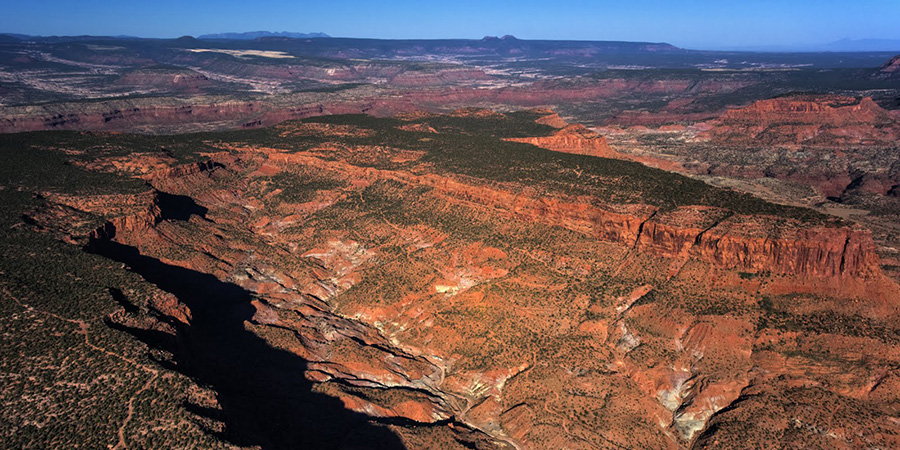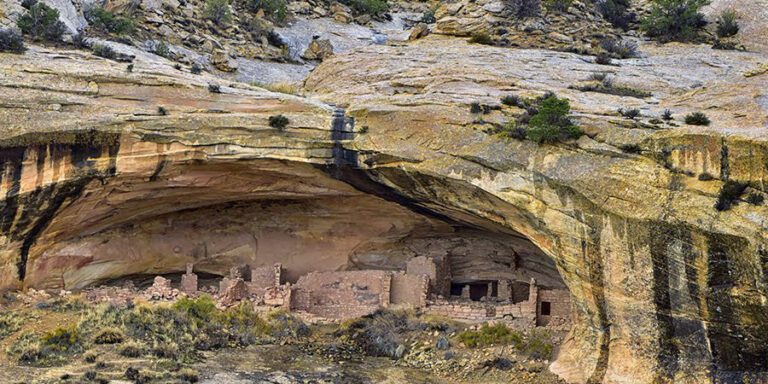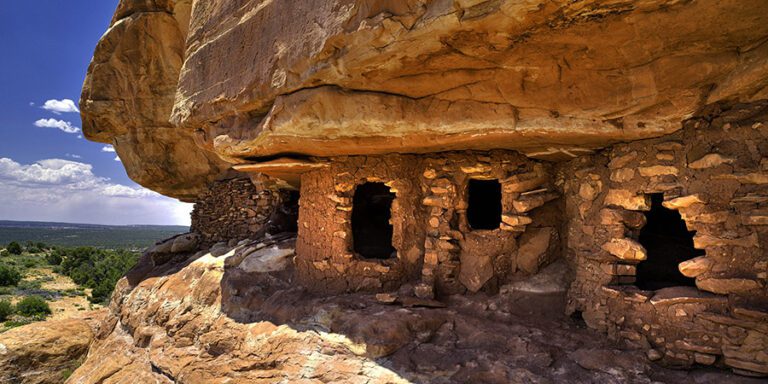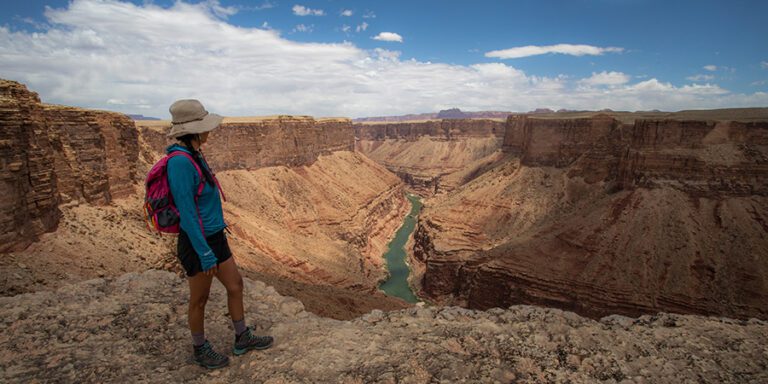
A small victory in the legal case challenging Daneros uranium mine, near Bears Ears National Monument.
After six years, there’s a speck of light at the end of the tunnel for a legal case challenging Daneros uranium mine, a controversial uranium mine on public lands near Bears Ears National Monument.
On October 25, 2024, two judges ruled that the federal government’s approval of a plan to expand Daneros Mine had violated the law. The judges ordered the attorneys in the case to provide more information so that the judges can determine whether the whole plan should be scrapped, or just part of it.
About the Daneros uranium mine near Bears Ears
To refresh your memory, back in 2018 the Grand Canyon Trust and our partners at the Southern Utah Wilderness Alliance finished up briefing an appeal we’d filed before an administrative body called the Interior Board of Land Appeals. We were challenging the U.S. Bureau of Land Management’s approval of the mine owner’s plan to expand the size of the mine.
The plan called for increasing the mine’s surface area tenfold, from 4.5 acres to 46 acres, and for trucking half a million tons of uranium ore through Bears Ears National Monument to the White Mesa Mill, near the White Mesa Ute tribal community.
Uranium-ore hauling raises concerns about the risk of accidents and contamination. And uranium mining itself has a history of contaminating water, air, and land.
Plan to expand Daneros Mine violates federal law
In its October 25, 2024 decision, the board ruled in our favor, agreeing with us that the mine’s plan to expand violated the Federal Land Policy and Management Act by failing to include a monitoring and response plan to detect and manage groundwater from a perched aquifer at the mine site. Water from the aquifer could potentially infiltrate the underground mine and become contaminated through contact with uranium ore or other harmful materials exposed by mining.
It wouldn’t be the first time something like this happened at a uranium mine. Water problems continue to be an ongoing issue at the Pinyon Plain Mine (formerly Canyon Mine), near the Grand Canyon.
Back in 2018, Daneros Mine was owned by Energy Fuels Resources, the same company that owns Pinyon Plain Mine and the White Mesa Mill, but Daneros Mine has changed hands several times over the last six years. Currently, it’s owned by IsoEnergy Ltd., a Canadian corporation. However, Energy Fuels continues to act as operator of the mine, and it has a milling agreement with IsoEnergy for the ore dug up at Daneros Mine to be milled at White Mesa.
Daneros Mine operated from 2009 to 2012, producing about 100,000 tons of uranium ore, but with low uranium prices the mine has been on standby since 2012.
In 2023, the mine’s owner drilled five exploration holes at the site. According to the company, the core holes “encountered significant uranium mineralization.” Earlier this year, IsoEnergy conducted seismic surveys at the site, and “results from the geophysical surveys, sedimentological mapping and historic exploration data are expected to be integrated to define new exploration targets for subsequent drill testing.” It sure seems like IsoEnergy is laying the groundwork to start the mine back up, with uranium prices soaring.
What’s next for the Daneros uranium mine?
While the board ruled in our favor, it didn’t throw the mine’s expansion plan out. Instead, it ruled that all parties to the case must file supplemental briefings addressing, among other things, the status of the mine expansion and the practical consequences of vacating the approved mine plan. Our attorneys are hard at work preparing to make our case.
Once the supplemental briefings are done, the board will decide whether to throw out part of the expansion plan or the whole thing. Throwing out part would mean that certain portions of the project could move forward, but others would be halted, at least temporarily. Or the board could cancel the whole mine plan, which would mean the company could not mine at Daneros and would instead have to go through additional steps to propose a new plan.
As you know, our work to defend national monuments often moves slowly and it’s important to celebrate our wins. While this is a small victory, we’re happy to be able to share a little bit of good news this holiday season. We’ll keep you posted as the case progresses and thank you for sticking with national monuments for the long haul.





